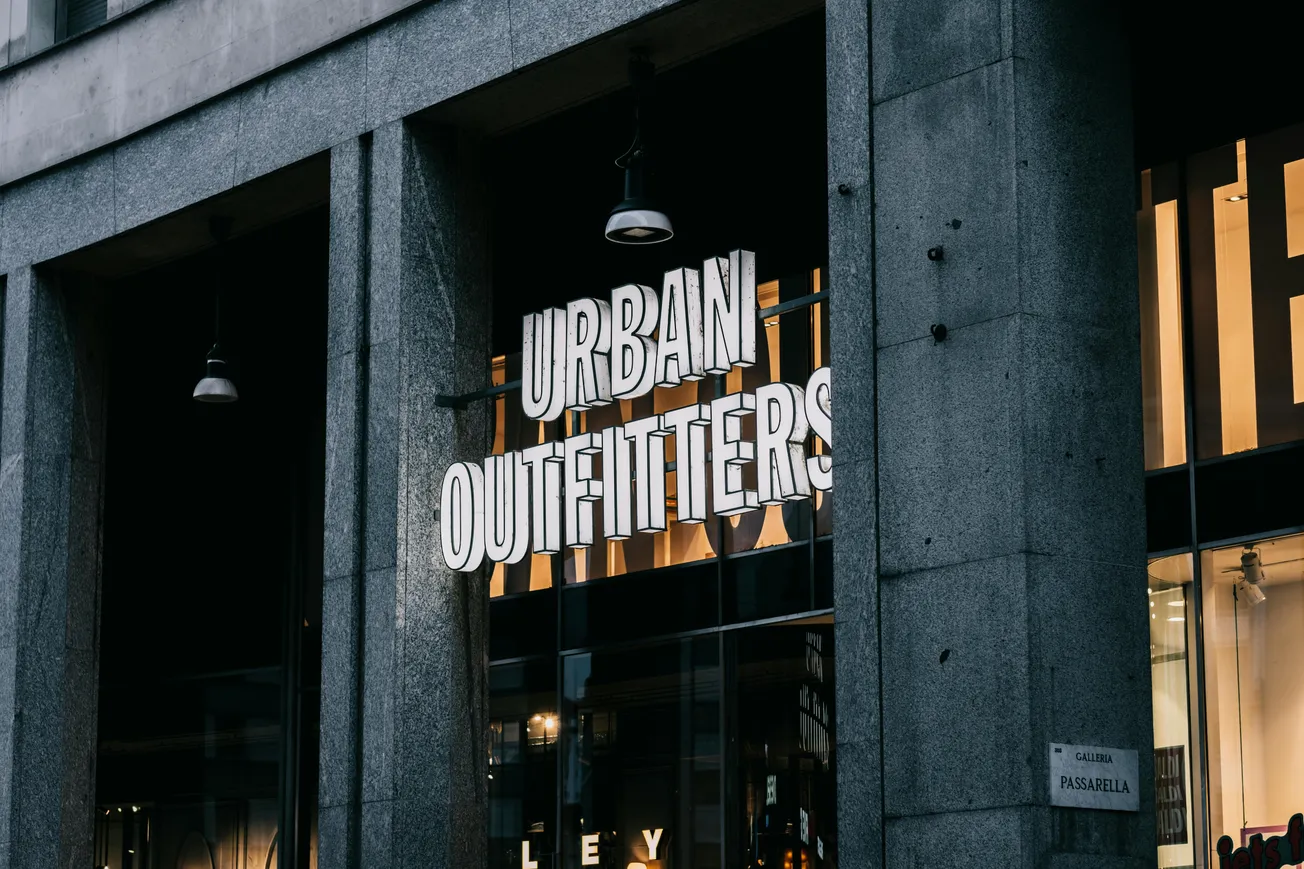In an era marked by geopolitical tensions, trade disruptions, climate extremes and pandemic aftershocks, supply chain resilience has become a non-negotiable strategic priority for companies worldwide. The industry is shifting away from efficiency-only models toward ones built on flexibility, visibility and risk agility.
At the heart of this transformation: a push to diversify suppliers and logistics partners, creating multi-sourced networks that can better absorb shocks and adapt to shifting trade landscapes.
Supplier Diversification as a Core Strategy
Global supply chains that once prioritized low-cost concentration in regions like China and Southeast Asia are now increasingly:
- Dual- or multi-sourcing critical components to avoid single points of failure.
- Nearshoring and reshoring operations to markets like Mexico, Central America and the U.S. to reduce geopolitical risk.
- Partnering with regional carriers, 3PLs, and backup logistics providers to ensure continuity during port strikes, natural disasters or regulatory shifts.
According to a recent McKinsey survey, over 75% of supply chain executives reported adopting strategies to diversify supplier bases in the past two years, and over half plan to increase nearshoring investments by 2026.
Scenario Planning and Risk Modeling Gain Traction
Traditional forecasting methods are being replaced with dynamic scenario modeling tools that allow supply chain leaders to anticipate disruption and simulate responses before events occur. These include:
- AI-powered simulations of supplier shutdowns or tariff surges.
- War game-style testing of logistics rerouting and fulfillment delays.
- Integrated dashboards that provide real-time visibility into supplier health, transportation status and geopolitical risk zones.
Companies are investing in tools like Control Towers, digital twins and risk alert systems that offer enhanced transparency across the extended value chain, which is critical in a world where a bottleneck on one continent can reverberate globally within hours.
Balancing Cost, Control, and Continuity
While diversification and risk management tools carry a higher upfront investment, the payoff is substantial. Firms with resilient supply networks:
- Recover faster from disruptions.
- Avoid severe service-level breakdowns.
- Improve customer trust and long-term market share.
Leading retailers and manufacturers are now measuring not just cost-to-serve, but also resilience-to-serve – a metric encompassing lead-time flexibility, risk-adjusted service levels and supplier financial health.
Resilience as a Competitive Differentiator
In today’s global environment, supply chain resilience isn’t just a risk-mitigation measure, but it is a competitive asset. Companies that embrace diversification, invest in scenario planning and prioritize transparency will not only weather volatility, but they will outperform slower-moving peers in a turbulent world.
More Reading
- Retail in Crisis: Tariffs, Labor, and Demand Shifts
- How AI Is Reshaping Grocery Shopping
- Leading with Humility: Lessons from Retail Supply Chain Icon Chris Sultemeier









